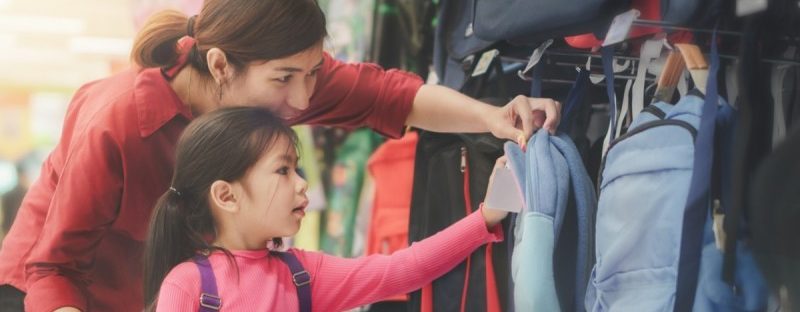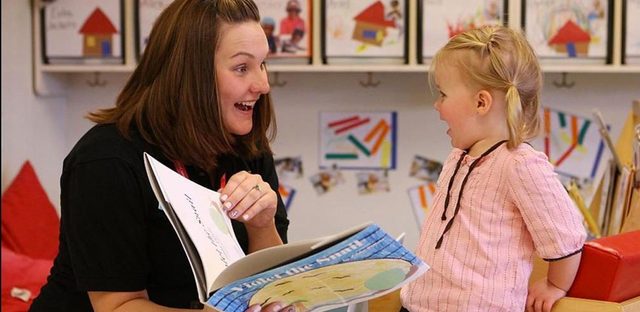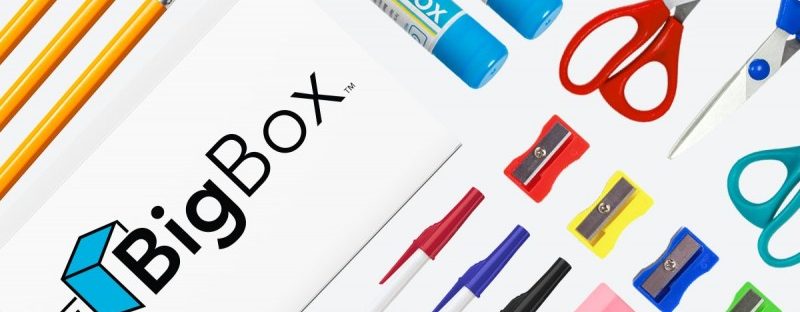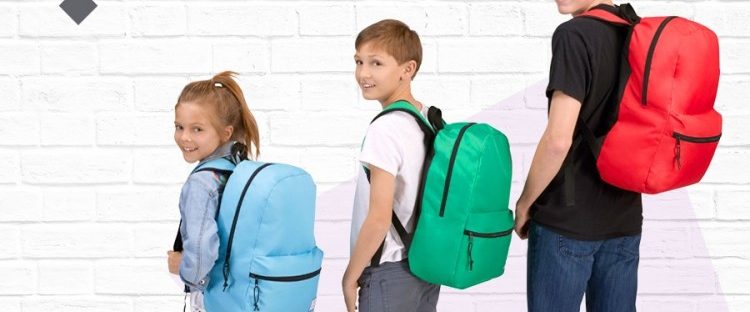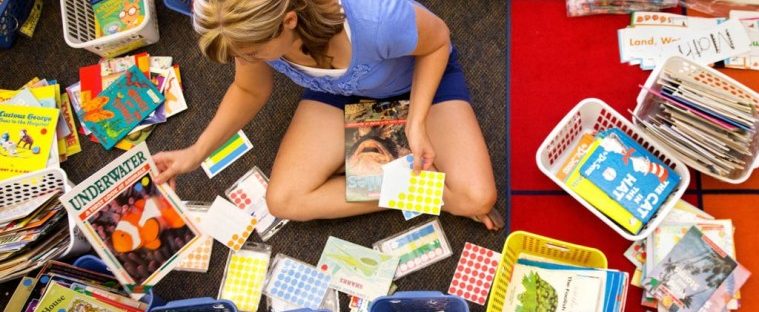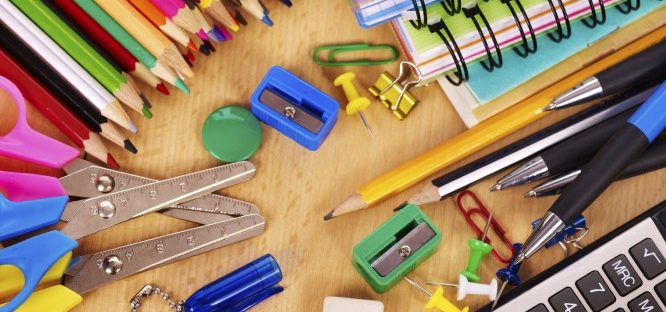After the holidays, back-to-school shopping is the second-largest spending season of the year. The average household spends nearly $688 annually on school supplies, new clothing, and electronics like laptops and calculators, according to the National Retail Federation. With school supply lists getting longer and costs rising, more and more parents are searching for quality items … Continue reading 4 Tips to Help You Save on Back-to-School Shopping
Back-to-School 2018: Here’s Where Teachers Can Get Discounts on Supplies
They could be the three words that parents most love to hear: back to school. For many, August will see children heading back to classrooms for the start of a new school year. For teachers, it means getting a classroom stocked and ready as their students return. It can also mean a hit to a … Continue reading Back-to-School 2018: Here’s Where Teachers Can Get Discounts on Supplies
Private-label Products: Bringing Value to Our Nonprofit Partners
Private-label offerings are playing an increasingly critical role in some of the country’s largest online marketplaces, with house brands now accounting for as much as 30% of all sales. This trend not only indicates changes in the way consumers shop, especially when searching by brand and price, but also presents a new challenge for online … Continue reading Private-label Products: Bringing Value to Our Nonprofit Partners
DollarDays Launches Affordable Backpacks for Nonprofits, Schools
DollarDays, a strategic platform for charities, nonprofits and other betterment organizations to purchase wholesale goods, today unveiled its Forward™ collection of backpacks. The company developed this exclusive, retail-ready line to better assist these groups with fulfilling their outreach projects and other missions. “Every child deserves the right tools to support their educational journey,” explained Shelly … Continue reading DollarDays Launches Affordable Backpacks for Nonprofits, Schools
Back to School Bucks Seasonal Trends, Becomes Big Business
As national uproar spreads around teacher pay and educational funding, questions are also being raised around whether schools are increasingly underfunded for classroom supplies. Class supply lists continue to grow and are becoming more costly for families nationwide. DollarDays, a premier supplier of school supplies, recently released a report that up to 85% of supplies were being … Continue reading Back to School Bucks Seasonal Trends, Becomes Big Business
Teacher Spend Hundreds out of Pocket on School Supplies
Parents aren’t the only ones who spend big on back-to-school supplies. Thousands of teachers around the United States offset their school supply budgets by forking over close to $600 of their own money just for the most basic of supplies. Some of the most sought-after items include staples, copy paper, holiday decorations and colored pencils, … Continue reading Teacher Spend Hundreds out of Pocket on School Supplies
School Supply Costs Continue to Rise
From backpacks to binders, to USB drives and glue sticks, the rising cost of school supplies is putting a definite pinch on the average families’ budget. When families are simply unable to choose between the grocery bill and the school supply list, it's our children that suffer, often creating a class system in our public … Continue reading School Supply Costs Continue to Rise
Back-to-School Promotion Ideas for Small Businesses
What's the status of your back-to-school marketing plan? According to the National Retail Federation (NRF), the average family will spend more freely on school and college supplies this year. It expects total spending for K-12 and college to reach $75.8 billion, up from last year's $68 billion. The annual NRF survey, conducted by Prosper Insights and … Continue reading Back-to-School Promotion Ideas for Small Businesses
Teachers Create Our Future
All of us have bragged about the great teachers we've had who have helped us along in life, but not every teacher is wonderful. Some teachers just don’t strive to improve and help kids. According to About Education, ineffective teachers share similar characteristics: They lack the ability to manage their classrooms. If they can’t control … Continue reading Teachers Create Our Future
Back to School: It’s Make-It-or-Break-It Time for the Economy
Spending this fall for students K-12 is expected to drop 12%, according to a National Retail Federation survey reported in The Wall Street Journal. The average that will be spent on each kid is $634.78, down from $688.62 in 2012. Even those going to college are expecting decreases from $836.80 this year [compared to] $907.22 … Continue reading Back to School: It’s Make-It-or-Break-It Time for the Economy
